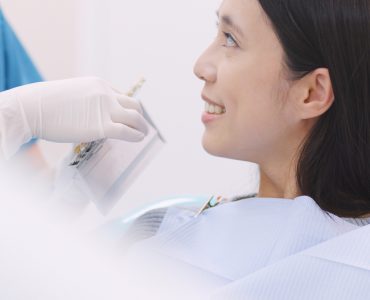This is the condition which is characterised by non deliberate passing of urine. It is an ordinary disorder affecting quite a lot of people around the globe. People of all age groups are susceptible even though it is more seen among elderly population. Among the sexes, women are more likely to develop this condition. They become vulnerable once they cross the age of 40 years.
Types
Though there are several types, the two most common types are stress incontinence and urge incontinence.
The former one occurs as a result of the weakness of the pelvic floor muscles whereas the latter is due to the interference in the channel of communication between nervous system and urinary bladder. Both of these account for 90% of the total incontinence cases.
Symptoms
Inability to control the bladder is the most significant symptom. This results in passage of urine when actually it is not meant to. Dribbling of urine is often seen in association.
Causes
Any disturbance associated with the nervous communication or even conditions affecting the pelvic floor muscles or the urinary sphincter are the chief causes responsible for this disorder.
Stress incontinence:
Weakening of pelvic floor muscles leading to that inhibits a person’s ability to have urethra fully closed is the chief cause. An abrupt pressure exerted over the bladder often due to a cough or sneeze reflex triggers dribbling of urine. The chief factors accountable for damaging the pelvic floor muscles include –
Pregnancy and childbirth – leads to overstretching and damage of muscles.
Menopause – deficiency of oestrogen hormone is thought to leave the muscles weakened.
Hysterectomy (removal of the womb) – often found to result in muscle damage.
Age – as normal with the aging process, the muscles tend to lose it’s strength.
Obesity – it causes more stress over the muscles.
Urge incontinence:
The precise cause is not yet known. Often it is described as ‘overactive bladder syndrome’. The following are the factors that are thought to be the causes:
Infections affecting the urinary system, particularly the bladder.
Neural disorders like the Parkinson’s disease.
Inflammation or other disorders of prostate gland in men that can exert stress over the bladder.
Other causes:
Certain medicines like the diuretics are found to interfere with the normal storage and voiding of urine.
Drinks containing alcohol or caffeine are responsible for filling the bladder at a faster rate and even minimises the awareness or sense of fullness.
Urinary tract infections (UTI) are also accountable for incontinence as it affects the entire process of urine formation up to the voiding.
A person who smokes heavily may cough many a times and this may exert more pressure upon the bladder.
Treatment
Lifestyle changes:
Reducing alcohol or caffeine intake
Control of body weight
Exercise:
Pelvic floor exercises are capable of strengthening and regaining the lost muscle strength.
Surgery:
It is indicated only when all other measures fail. It includes Colposuspension, Bladder neck injections and Artificial sphincter (valve).
Medications called Antimuscarinics are found to be effective in case of urge incontinence.
Sacral nerve stimulation, Augmentation cystoplasty, Urinary diversion etc are few surgical measures aiming at controlling urge incontinence.












